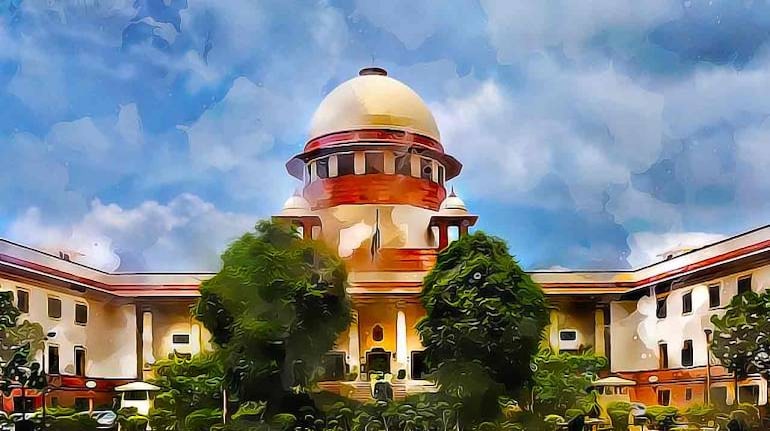



In 2018, the Supreme Court passed a landmark judgment upholding the legality of withholding or withdrawing life supporting medical intervention from terminally ill patients.
Yet, in the five years since the judgment, no family of a terminally ill patient has benefited from it.
On January 24, the apex court gave in-principle approval to simplify and modify the end-of-life care or passive euthanasia guidelines issued five years back, though a detailed order with revised guidelines is yet to be pronounced.
This decision came in response to a petition filed by the Indian Society of Critical Care Medicine.

Moneycontrol explains the earlier SC judgement on Advance Medical Directives (AMD) and withdrawal or withholding of life-sustaining treatments and what the simplified procedure means.
Is passive euthanasia allowed in India?Passive euthanasia means withdrawal of life support from a terminally ill patient who is comatose and cannot decide for himself/herself.
Also read | Budget 2023: Will health sector get the due it deserves?In the historic Aruna Shanbaug case in 2011, the SC had allowed passive euthanasia in India saying that it was only possible under a stringent court procedure.
Six years later, in another case, the right to privacy was declared to be an independent fundamental right, and the following year, the court validated the legal permissibility of AMD and withdrawal or withholding of life-sustaining treatments.
An AMD or ‘living will’ allows a person to choose how he or she dies under certain medical conditions. The recognition of passive euthanasia by the apex court, on the other hand, implied that doctors can withhold or withdraw treatment from such patients after following due protocol.
What were the prerequisites to opt for withdrawal of life-supporting treatment?Under the guidelines, foregoing of life support involved a three-level system of oversight — an internal medical board for a preliminary opinion, followed by a board constituted by the District Collector, before final physical verification by a judicial magistrate.
“It was due to this complex and cumbersome process that even those who wanted to consider it could not opt for it legally,” said Dr Raj K Mani, an intensivist based in the national capital, who has been fighting in the SC for better norms and dignity around the end of life.
What will happen now?The SC has now agreed to remove the clause that required the permission of a judicial magistrate to forego life support. In addition, a review board will also be approved by the chief medical officer instead of the district magistrate.
“There is going to be a two-tier and easier process now as compared to the more complicated three-tier procedure earlier,” said Dhwani Mehta, a lawyer in the case.
Also, the living will can now be signed by the executor in the presence of two attesting witnesses, preferably independent, and attested before a notary or gazetted officer instead of a judicial magistrate.
Why was there a demand to make the rules easier?Mani, who is also a member of the ISCCM, pointed out that the norms did not take into account the fact that most decisions in intensive care units (ICUs) are required to be made under time pressure.
“There is time sensitivity involved and most of the decisions are reported to be made soon after admission as most situations are in the terminally acute stages of chronic incurable conditions,” he said. “Distressed kin of the patient in such cases are not in a position to approach a court.”
Several experts also feel that in many cases, hospitals exploit the kin of patients financially by deliberately keeping terminally ill patients on life support, even though they are beyond any chance of recovery.
What were the reservations around simplifying the norms?The Union health ministry, through its affidavits in the SC, had been opposing further simplification related to forgoing of life support or AMD saying that an easier procedure could result in rampant misuse,
Also read | Flu, pneumonia shots see surge in uptake after COVID-19 pandemicHowever, said Mani, after a series of consultative discussions between the appellants and the government authorities, a “reasonable consensus” was reached, and it has now been validated by the top court.
“We would like to see how the new norms pan out and, depending on its implementation, there can be changes in the future.”
Discover the latest Business News, Sensex, and Nifty updates. Obtain Personal Finance insights, tax queries, and expert opinions on Moneycontrol or download the Moneycontrol App to stay updated!
Find the best of Al News in one place, specially curated for you every weekend.
Stay on top of the latest tech trends and biggest startup news.